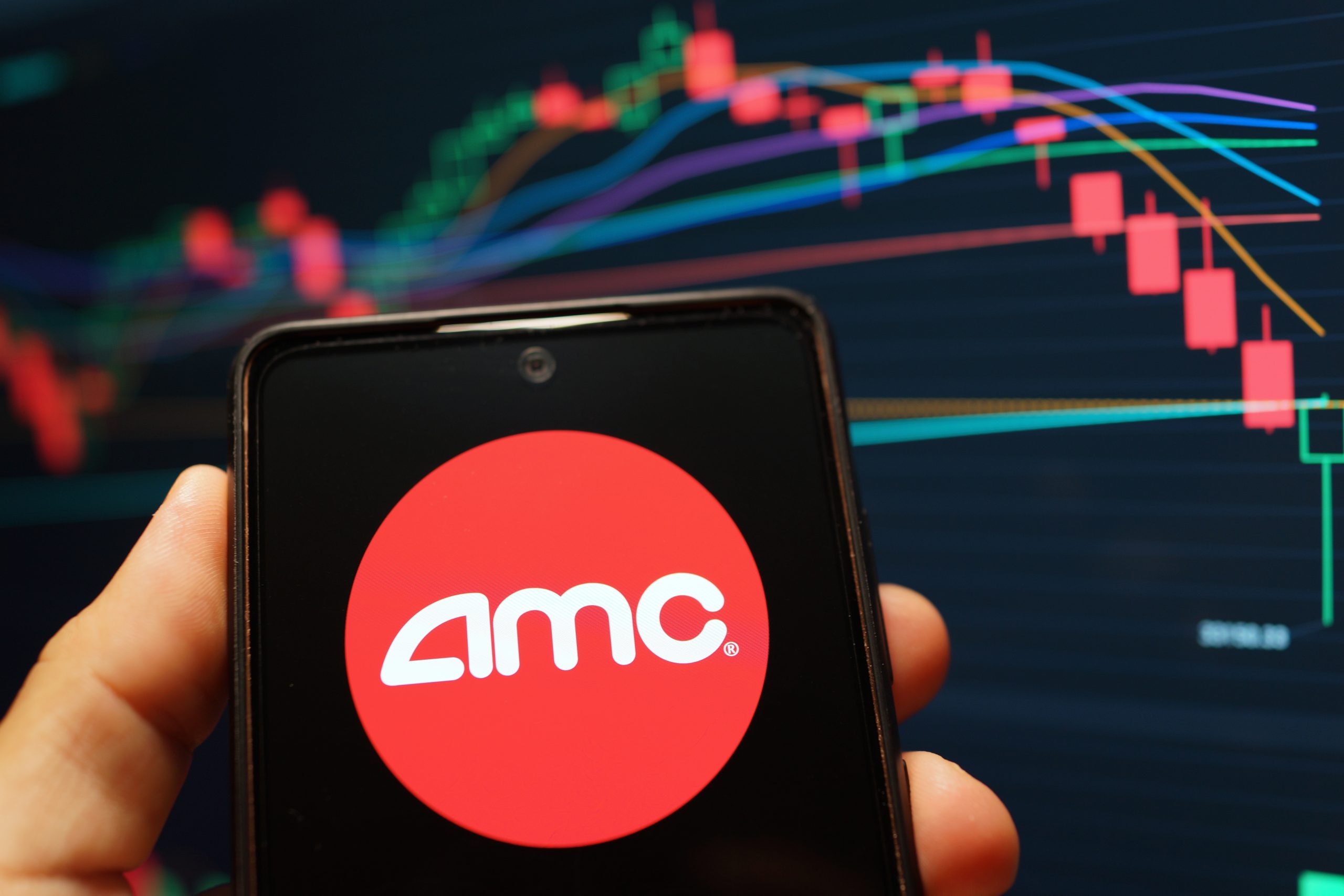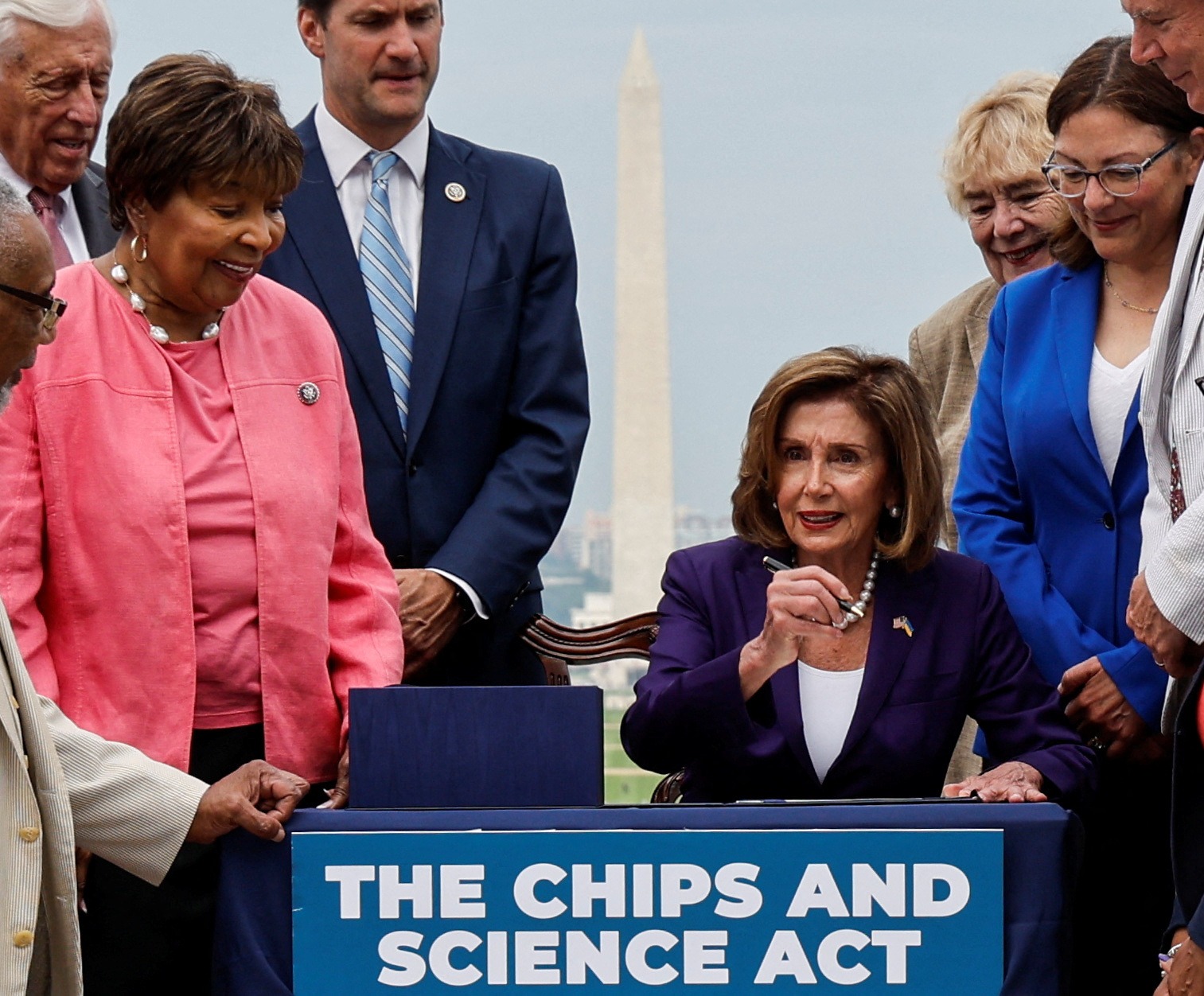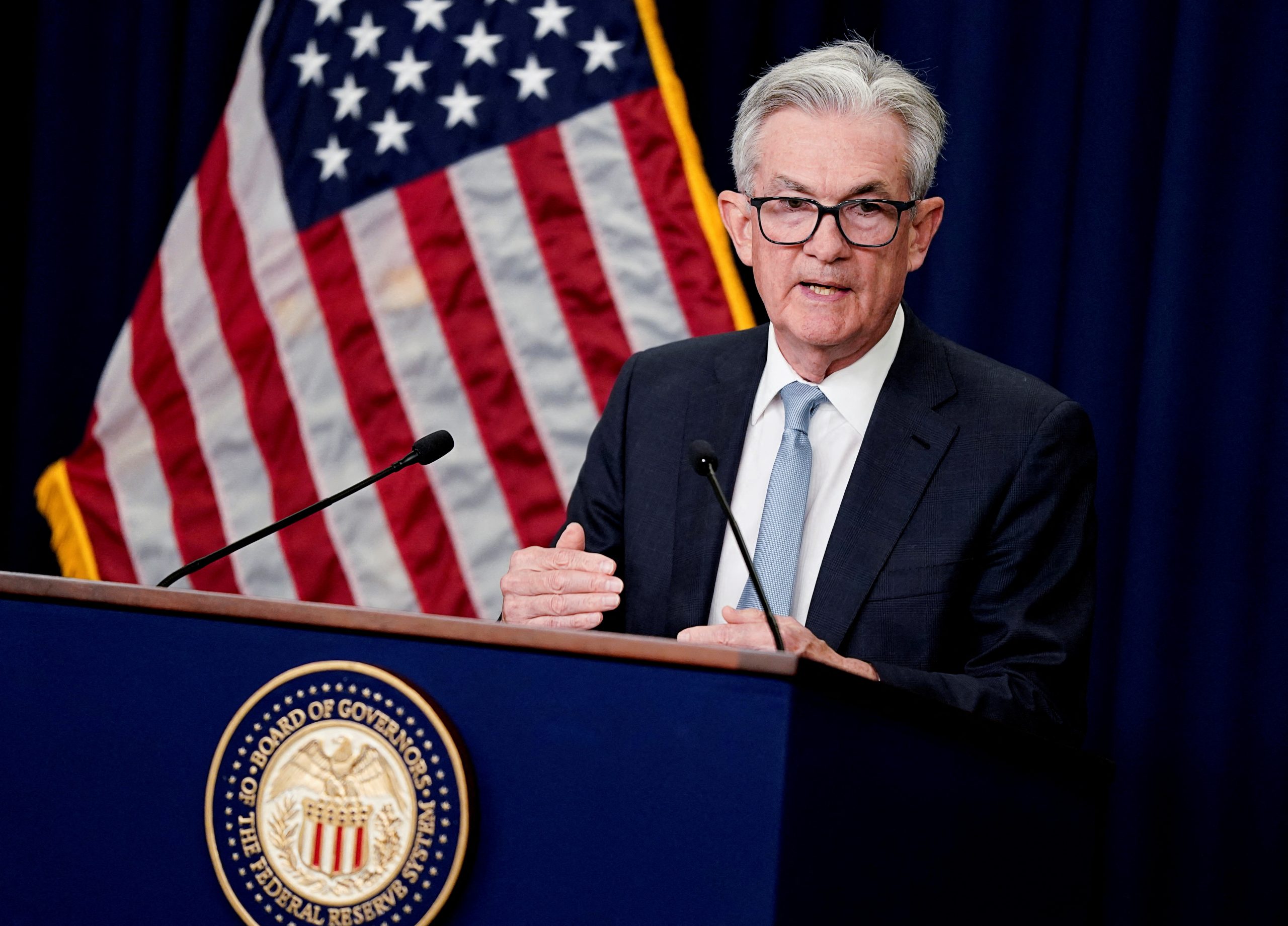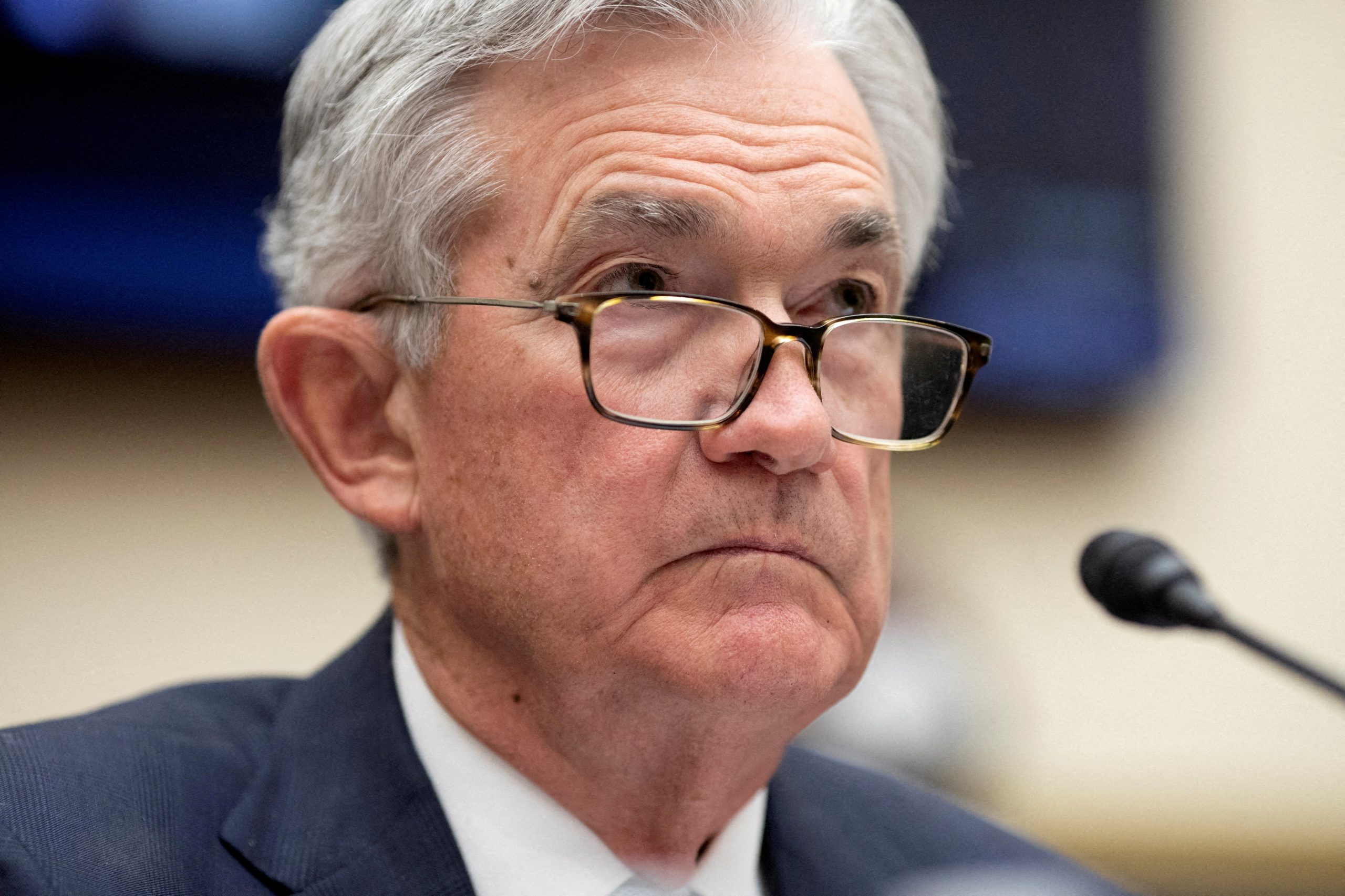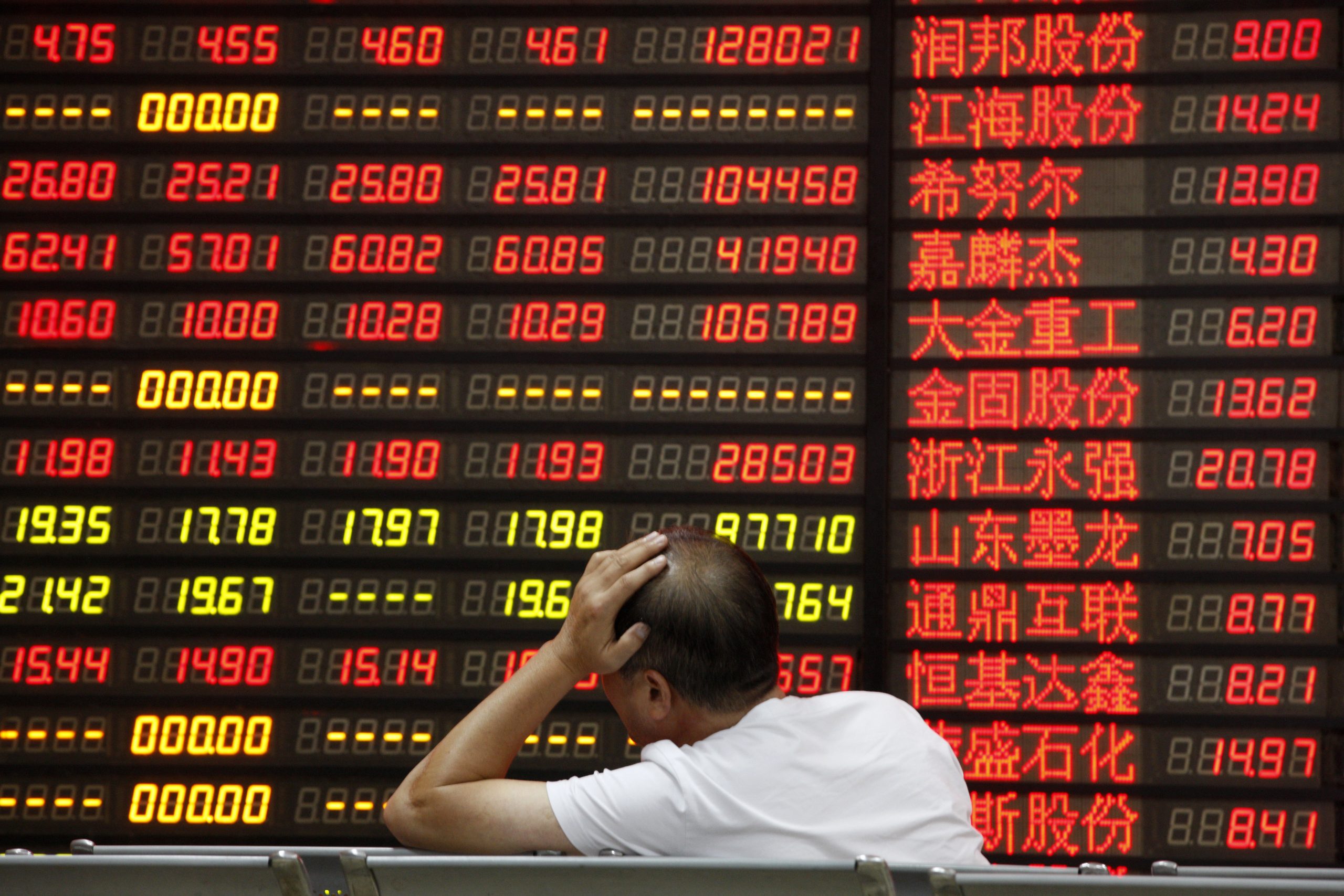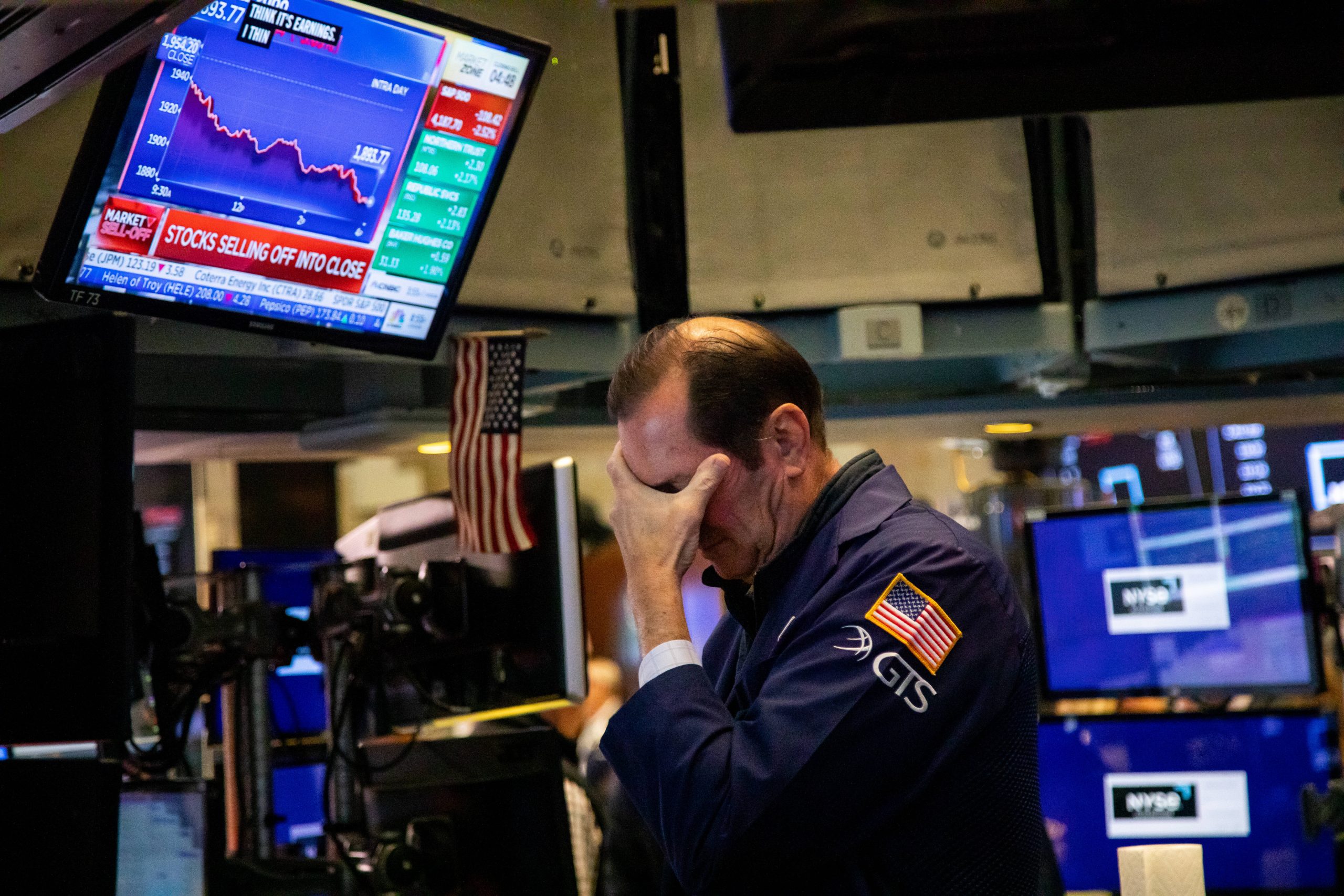Two Pharma Stocks, One Pick: Merck’s Edge Over Pfizer
Both companies face possible tariffs and an executive order to lower prices

- President Trump has issued a surprise executive order on drug prices and the threatened to impose pharmaceutical tariffs.
- Those moves have reignited pressure on the pharma industry and shaken investor confidence.
- Shares in Pfizer and Merck, two of the weakest performers over the past 52 weeks, are down roughly 20% and 40%, respectively.
- Of the two, Merck appears better-positioned, supported by strong earnings, promising new therapies and a more US-anchored manufacturing base.
Pharma stocks have come under pressure in recent months, dragged down by politics, tariffs and renewed calls for price controls. But with shares of Pfizer (PFE) and Merck (MRK) both tumbling over the past year—and valuations now approaching historic lows—investors are beginning to ask whether the bad news is already baked into the stock price. Let’s look at both companies to evaluate which one might be more likely to rebound.

Section Break
Like much of corporate America, the US pharmaceutical industry has been bracing for tariffs. But President Trump pitched another curve ball this week when he signed an executive order urging drugmakers to lower U.S. prices voluntarily. The announcement, dramatic in tone but light on legal enforcement, landed just hours after the US and China reached a temporary agreement to ease trade tensions. That deal triggered a broad-based relief rally across global markets, including in healthcare stocks.
While the executive order lacked any binding mechanism, it reignited investors’ scrutiny of the pharmaceutical business. Trump’s remarks underscored the persistent price gap between what US consumers and patients abroad pay for drugs. It revived talk of “most favored nation” pricing and signaled further regulatory action could follow. The industry’s initial reaction was one of cautious relief. Absent any enforcement measures, the move was largely seen as “better than feared.”
Still, the risks are far from resolved. Legislation pending in Congress could succeed where the executive order falls short, potentially imposing binding price caps. Meanwhile, Trump’s proposed tariffs on imported medicines remain very much in play, posing a fresh threat to margins for companies with global supply chains. No specific timetable has been laid out, but details could emerge in the coming weeks.
Against this uncertain backdrop, the pharmaceutical sector has delivered mixed performance in 2025. The VanEck Pharmaceutical ETF (PPH) is down only 2% year-to-date, masking wide divergence among individual companies. On one end of the spectrum, AbbVie (ABBV) and Roche (RHHBY) have been standout performers. On the other hand, companies like Pfizer (PFE) and Merck (MRK) have struggled, reflecting investors’ anxiety about patent expirations, pipeline disappointments and political risk.
52-Week Performance in Large-Cap Pharma Stocks
- Roche (RHHBY), +24%
- AbbVie (ABBV), +16%
- Novartis (NVS), +4%
- Bristol-Myers Squibb (BMY), +4%
- Vertex (VRTX), +1%
- Johnson & Johnson (JNJ), -2%
- Eli Lilly (LLY), -3%
- AstraZeneca (AZN), -12%
- Amgen (AMGN), -13%
- Pfizer (PFE), -20%
- Merck (MRK), -40%
- Novo Nordisk (NVO), -50%
The question is whether the steep decline in share prices for Pfizer and Merck represent compelling value or signal deeper structural challenges. Investors also wonder if one better equipped than the other to weather the storms as political pressure mounts and threats of tariffs linger.
Pfizer leans on cost cuts as the pipelines wither
It’s been a rough few years for Pfizer, with the post-COVID hangover proving longer and more painful than many investors anticipated. After emerging as one of the biggest beneficiaries of the pandemic, the company now finds itself in a far less enviable position, navigating a weakening revenue base, major R&D disappointments and looming patent cliffs. Shares of the pharmaceutical giant have tumbled roughly 20% over the last 52 weeks, and now trade around $23 — a sharp fall from pandemic highs. However, over the last two years, the losses are closer to 40%. Yet, amid this downturn, the company is aggressively executing cost-cutting measures that are beginning to show up in the numbers, even as revenue continues to sag.
In Pfizer’s Q1 earnings report, the company posted adjusted earnings of $0.92 per share, handily beating expectations of $0.66. The earnings beat was largely driven by internal cost realignment, with management now forecasting $7.7 billion in total cost savings by 2027, up from earlier projections. Roughly $1.2 billion of the added cuts will come from administrative streamlining and digital automation, while another $500 million is expected through a reorganization of R&D operations. Revenue, however, declined 8% year-over-year to $13.7 billion, falling short of the $13.9 billion estimate, as COVID-related sales continue to fall sharply. Paxlovid sales plummeted 76% year-over-year, and while Comirnaty showed some resilience, vaccine uptake remains uncertain under the leadership of Health and Human Services Secretary Robert F. Kennedy Jr.
Pfizeer is also feeling the pressure from shifts in US policy. President Trump’s latest push to impose tariffs on pharmaceutical imports has created new layers of uncertainty. Though Pfizer’s 2025 guidance does bake in $150 million in known tariff costs, it does not account for future trade actions—something the company says could further complicate its supply chain and R&D investment plans. Separately, changes to Medicare policy under the Inflation Reduction Act could cost Pfizer $1 billion in 2025 alone, with Eliquis and Ibrance both expected to get hit by higher mandatory discounts and competitive headwinds.
Perhaps the biggest blow to Pfizer’s longer-term outlook came in April, when the company announced it was halting development of Danuglipron, an oral GLP-1 weight-loss drug touted as a potential $10 billion blockbuster. This unfortunate development erased what many saw as Pfizer’s best shot at riding the obesity drug wave currently fueling massive gains at peers like Eli Lilly (LLY) and Novo Nordisk (NVO). Moreover, analysts are concerned that Pfizer may lean too heavily on acquisitions to fill the pipeline void—an approach that’s already raised eyebrows following the $43 billion Seagen deal, which resulted in nearly $3 billion in Q4 impairments. While the company has hinted at potential mergers and acquisitions in the $10 billion to $15 billion range, many investors remain wary.
Still, on a fundamental basis, Pfizer’s valuation looks undeniably low. The company’s P/E ratio (GAAP, TTM) of 16.5 is well below the sector median of 26.3. Its price-to-sales ratio is 2.1 vs. a sector median of 3.2, while its price-to-book stands at just 1.4 compared to 2.0 for peers. The stock also offers a dividend yield north of 7%, which looks appealing given the company’s continuing profitability and solid free cash flow. Of 25 analysts covering the stock, nine rate it a “buy” or “overweight,” while the remaining 15 maintain “hold” ratings. With an average price target of $28, there is some implied upside from current levels.
In short, Pfizer’s near-term outlook is clouded by pipeline disappointments and political risk. But for value-oriented investors, the fundamentals tell a different story. The combination of aggressive cost cutting, stabilizing margins and deeply discounted valuation metrics could make Pfizer a compelling contrarian bet — especially if any upbeat surprises emerge in R&D or policy.

With key patents nearing expiration, Merck pivots to new therapies
Merck has long been a steady performer in the pharmaceuticals, underpinned by its blockbuster cancer therapy Keytruda and a robust lineup in vaccines and animal health. But despite a strong operational track record, shares have suffered a steep decline—down roughly 40% over the last 52 weeks—as investors brace for looming patent expirations and regulatory headwinds. With Keytruda’s US exclusivity expiring in 2028 and Gardasil facing declining sales in China, the stock’s long-term outlook has grown more uncertain. Yet for anyone focused on fundamentals, Merck’s earnings strength and valuation make it difficult to ignore.
The company’s latest Q1 report highlighted its financial resilience, with adjusted EPS of $2.22 beating analyst expectations of $2.14, and revenue of $15.5 billion edging past the $15.3 billion forecast. Strong sales were driven by its oncology franchise, particularly Keytruda, which booked $7.2 billion in sales — up 4% from the prior year—alongside solid results from the animal health division. The launch of newer drugs such as Winrevair and Capvaxive have also shown promise, providing what management calls “increasingly meaningful” contributions. However, revenue still declined 2% year-over-year.
Part of the earnings drag stems from tariff-related pressures. In April, Merck lowered its full-year profit guidance, citing $200 million in estimated costs tied to existing tariffs—primarily between the US and China. While the company has already invested more than $12 billion on domestic manufacturing and plans to spend another $9 billion by 2028, Trump’s proposed pharmaceutical tariffs introduce a fresh layer of uncertainty. CEO Rob Davis said Merck’s current inventory levels should help cushion near-term supply chain pressures, and the company is exploring ways to shift or expand its manufacturing in the US. Still, the full extent of the potential disruption won’t be clear until the administration outlines its next steps on pharma-focused policy measures.
The bigger structural challenge remains Keytruda. As the world’s best-selling cancer drug, Keytruda accounted for nearly half of Merck’s pharmaceutical revenue in 2024. Its eventual loss of exclusivity will be difficult to offset, and while Merck is developing a subcutaneous version to extend the brand’s lifespan, competitive pressure is mounting. Gardasil’s outlook is also shaky, with sales down 41% year-over-year because of reduced demand and the halt to distribution in China. These developments have prompted the company to lean harder on pipeline assets. Still, the path from promising trials to market success remains long and uncertain.
Valuation, however, presents a different story. Merck trades at a GAAP P/E ratio of just 11.1—far below the sector median of 26.3 — and its forward P/E is closer to 10x. Its P/S ratio is in line with peers at 3.0, though its price-to-book sits notably higher at 3.9. Despite this, many analysts remain bullish: of the 28 tracking the stock, 18 rate it “buy” or “overweight,” with a consensus price target of $107 representing meaningful upside from the current price of around $76. With free cash flow yield near 10% and double-digit EPS growth expected through 2027, the company appears to offer a compelling blend of value and defensiveness.
In short, Merck remains a stock to watch. The company continues to deliver strong earnings and launch new products, with recent successes like Winrevair and Capvaxive adding to its momentum. While the upcoming loss of exclusivity (LOE) for Keytruda and vaccine-related setbacks in China are notable challenges, Merck’s diversified portfolio, including its growing animal health business and substantial U.S. manufacturing investments, help provide a buffer. For long-term investors seeking durable cash flow, pipeline depth and the potential for multiple expansion, Merck’s valuation offers an attractive entry point in a sector prized for its defensive qualities.

Takeaways
Pfizer and Merck are both coping with volatile trade policies and investors’ shifting sentiment—but from distinctly different positions. Merck, despite facing near-term headwinds from Keytruda’s looming patent expiration and weaker Gardasil sales in China, has continued to execute well. New drug launches like Winrevair and Capvaxive are gaining traction, and its diversified portfolio— including a strong animal health segment—adds operational stability. With shares trading at a steep discount despite double-digit EPS growth forecasts, and analysts broadly supportive, Merck looks well-positioned for a long-term re-rating.
Pfizer, in contrast, is still in the shadow of its post-COVID comedown. The sudden halt of its weight-loss drug program and a thinner near-term pipeline have taken a toll on sentiment. Still, its ambitious $7.7 billion cost-cutting campaign is beginning to stabilize margins, and valuation metrics remain discounted. For contrarian investors, Pfizer could offer upside—particularly if the company can surprise with R&D progress or benefit from benign policy outcomes. However, the path forward looks more uncertain, and the risk profile remains elevated.
Exposure to tariffs adds another layer of nuance to the situations of the two stocks. Pfizer has already factored $150 million in tariff costs into its 2025 guidance and is racing to stockpile drugs from international hubs like Ireland, where it has major manufacturing facilities. This front-loading of supply has added to recent volatility and illustrates the company’s reliance on global supply chains. Merck, on the other hand, has taken a more proactive stance, investing more than $12 billion in US manufacturing with plans to add $9 billion more by 2028. The company has also noted its current inventory enables it to absorb short-term shocks more effectively. This domestic flexibility could prove itself a critical differentiator if trade tensions intensify or if pharma-focused tariffs are suddenly enacted.
Taking all of this into account, Merck strikes us as the steadier bet. While both companies face structural headwinds, Merck’s blend of earnings resilience, operational foresight and emerging pipeline momentum gives it an edge for investors seeking value in a business increasingly shaped by headlines and global supply chain risks. But with the broader industry under heightened regulatory scrutiny, some investors may choose to remain on the sidelines until there’s greater clarity on pricing policy and trade measures — potentially setting the stage for even more attractive entry points in the near-term.
In this situation, dollar-cost averaging (DCA) may also be an appealing strategy. Instead of investing a lump sum all at once, DCA involves spreading capital deployment in smaller, fixed increments over time. This disciplined approach can help reduce the risk of poor timing by averaging out the purchase price, enabling investors to avoid going all-in at an unfavorable entry point.
Andrew Prochnow, Luckbox analyst-at-large, has traded the global financial markets for more than 15 years, including 10 years as a professional options trader.
For live daily programming, market news and commentary, visit tastylive or the YouTube channels tastylive (for options traders), and #tastyliveTrending for stocks, futures, forex & macro.
Trade with a better broker, open a tastytrade account today. tastylive Inc. and tastytrade Inc. are separate but affiliated companies.
